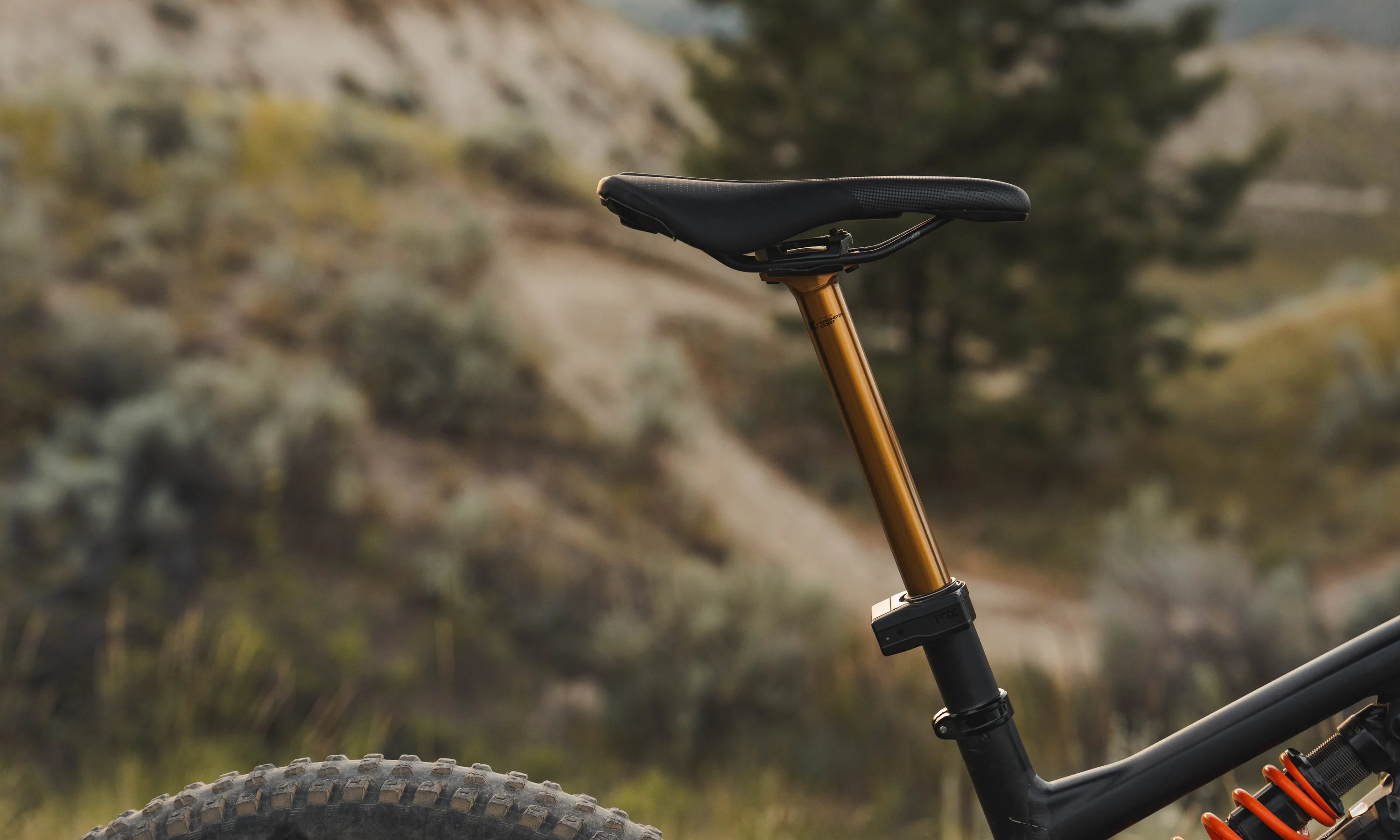The big news today has been the launch of SRAM’s new Eagle Transmission. But tucked in along with that announcement is a new line-up of SRAM Stealth brakes. While the Eagle Transmission represents a massive change in drivetrain design, the new Stealth brakes are more of a mild revision of SRAM’s existing mountain bike brake models. Still, there are some important changes, so let’s take a closer look and explore what’s new.
SRAM Stealth Brake Highlights

- Stealth lever body design
- Simplified line-up: SRAM Code and SRAM Level
- Two tiers: Ultimate and Silver
- Level now available with 2- or 4-piston calipers and tool-free reach adjust
|
Model |
Price (single lever + caliper) |
|
Code Ultimate Stealth |
$300 |
|
Code Silver Stealth |
$265 |
|
Level Ultimate Stealth 4-piston |
$300 |
|
Level Ultimate Stealth 2-piston |
$285 |
|
Level Silver Stealth 4-piston |
$195 |
|
Level Silver Stealth 2-piston |
$185 |
SRAM Stealth Brake Details
 The most obvious change with the new Stealth brakes is the revised lever body. The new design points the brake hose in rather than out, routing the hose closer to the handlebars. The intention here is to eliminate the cable nest seen on bikes of years past for a cleaner overall look, especially when paired with wireless SRAM AXS drivetrains.
The most obvious change with the new Stealth brakes is the revised lever body. The new design points the brake hose in rather than out, routing the hose closer to the handlebars. The intention here is to eliminate the cable nest seen on bikes of years past for a cleaner overall look, especially when paired with wireless SRAM AXS drivetrains.
Keen tech heads can also probably surmise that this new design will likely work with internally routed handlebars. Brake hoses can enter a handlebar right after leaving the lever body, creating the ultimate clean cockpit. Whether you like it or not, we’ve already seen lots of mountain bike manufacturers routing cables through the headset, so internal handlebar routing is the logical next step. We’ll likely see some bikes come from the factory with no exposed cables in the very near future.
Code Stealth vs. Level Stealth
 A new 4-piston Level caliper
A new 4-piston Level caliper
The Stealth brake line-up has been simplified so there are now only two models: Code and Level. The middling G2 series of brakes are gone (likely because riders and manufacturers tended to choose the other two models). The basic breakdown is that the bigger 4-piston Codes are for riders seeking maximum stopping power while the smaller 2-piston Levels focus more on weight reduction.
Riders and manufacturers can spec brakes based on their bike’s intended use. The Code will be ideal for DH, enduro, and rugged trail riding, while the Level will appeal more to XC racers and weight-conscious trail riders. For riders seeking a braking compromise similar to the old G2, the Level also comes in a version with 4-piston calipers that provide a bit of extra stopping power. A welcome change for Level brakes is the inclusion of tool-free reach adjust (Codes already have this), so riders can easily adjust their lever position on the fly.
Stealth Ultimate vs. Stealth Silver
 SRAM Code Stealth Ultimate (left) and Silver
SRAM Code Stealth Ultimate (left) and Silver
The brake hierarchy has also been greatly simplified. Before, SRAM had a more confusing brake line-up — base, R, RS, and RSC models for Codes and base, T, TL, TLM, and Ultimate models for Levels. Each tier provided small upgrades over the tier below it, but it was difficult for most riders to decipher the differences. Now, both models are offered in only two versions: Ultimate and Silver.
 SRAM Level Stealth Ultimate 4-piston (left), Ultimate 2-piston, and Silver
SRAM Level Stealth Ultimate 4-piston (left), Ultimate 2-piston, and Silver
Both tiers are closer in performance than before. All models now use SRAM’s Lever Pivot Bearing technology for a smooth lever feel. Code Ultimate and Silver models both get the nifty contact adjust dial built into the lever body.
The only upgrades for the top-of-the-line Ultimate models are carbon lever blades instead of aluminum, titanium caliper hardware instead of stainless steel, and DOT 5.1 brake fluid instead of DOT 4.
Photos courtesy of SRAM.

























